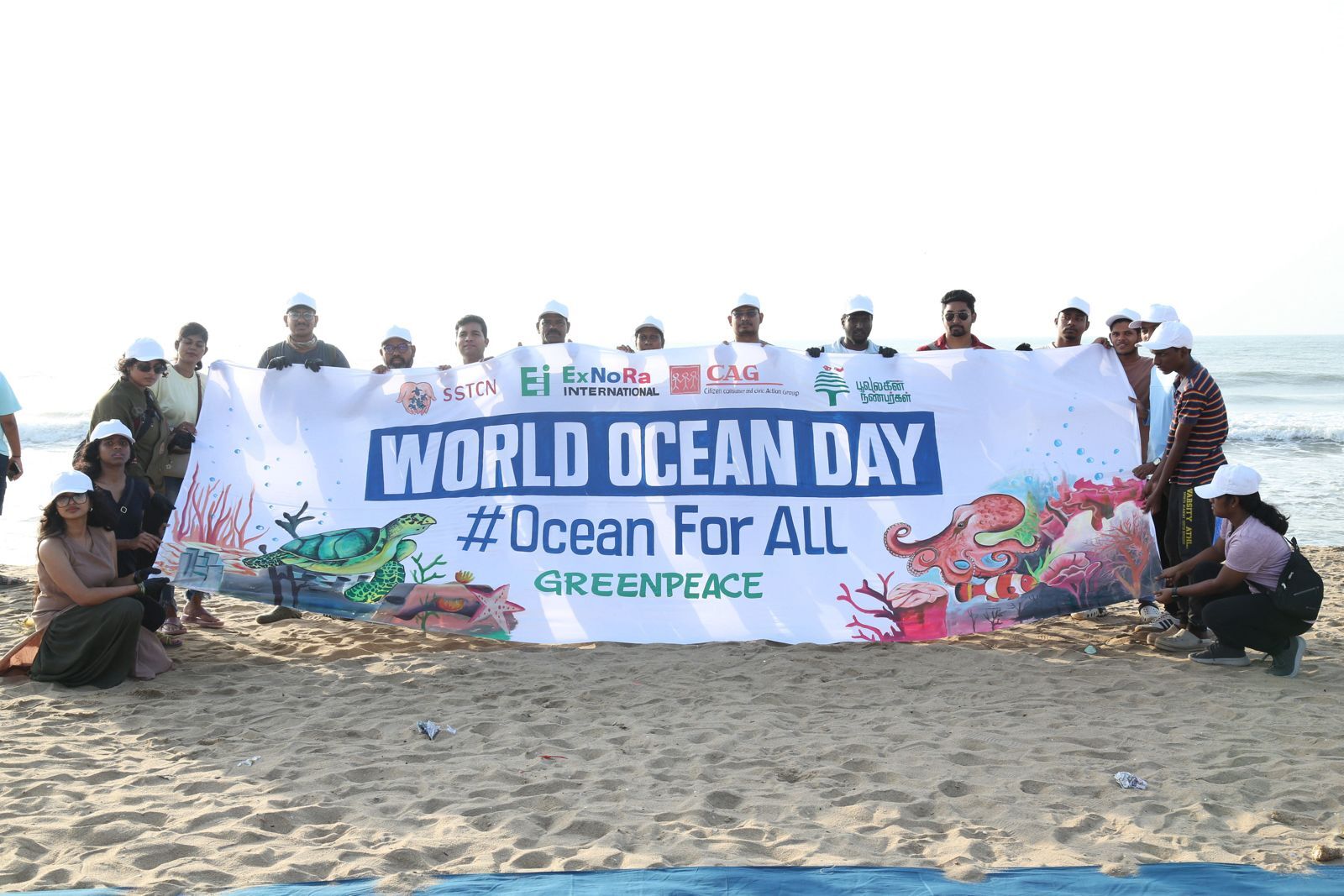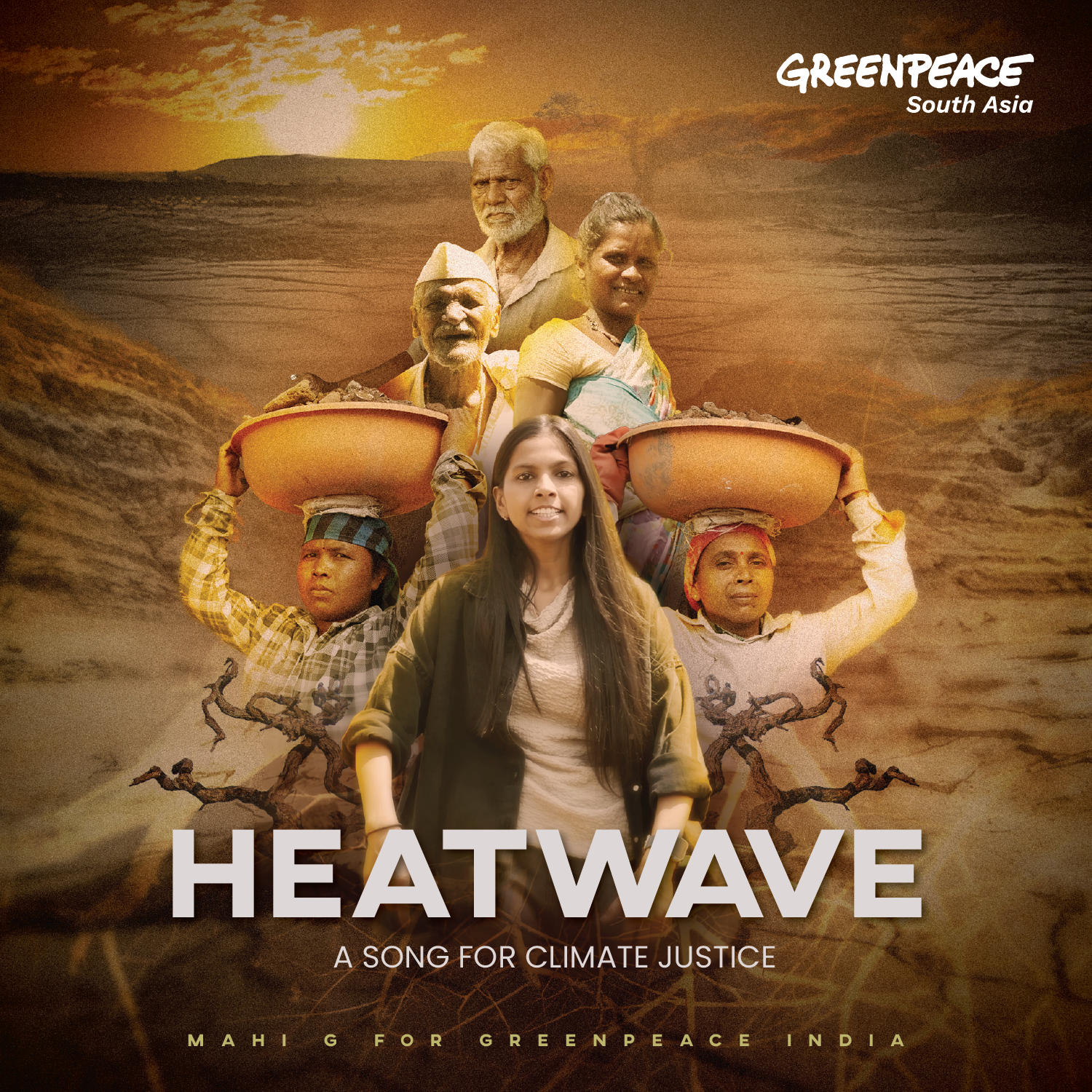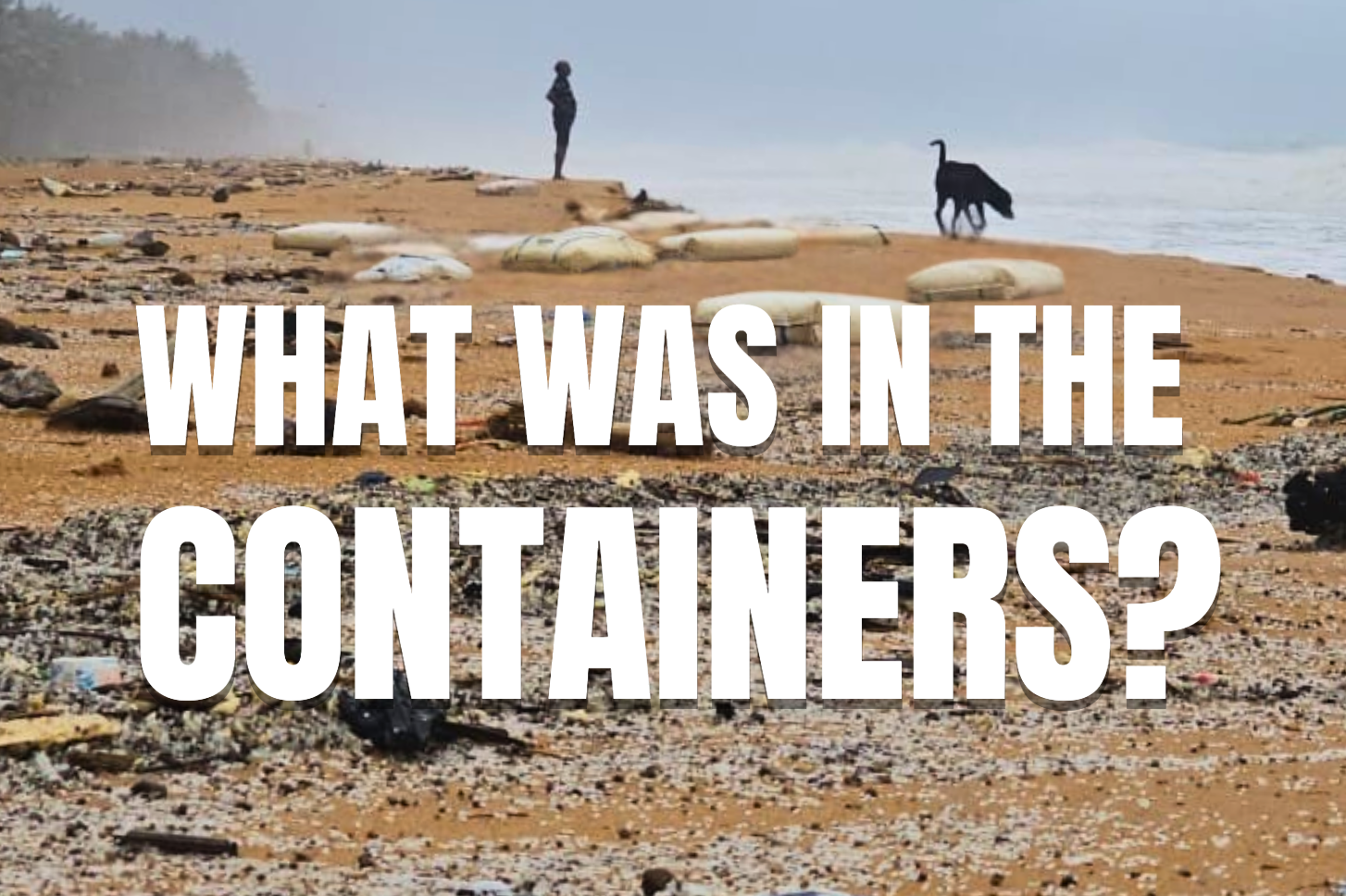New Delhi.10th of June 2022 In its latest report, Greenpeace India has analysed data acquired from Accuweather to study the average increase in temperatures over the month of April in 10 capital cities of India. The status of heatwaves in 2022 has been compared with data from 2021 to show the increasing intensity of the global warming-induced crisis. As expected, cities located in the plains and hilly regions have shown a drastic increase in the intensity of heatwaves, while coastal cities have fared relatively better.
New Delhi recorded the highest maximum temperature range of 40-44°C in the month of April 2022 compared to 40-42°C in April 2021. The city recorded temperatures above 40°C after April 6th whereas the same was observed after April 12th in 2021. The city experienced these temperatures for 20 days in 2022 as opposed to 9 days in 2021.
In Jaipur, while the maximum temperature range of 40-43°C was recorded across both years, the city experienced temperatures above 40°C after April 1st in 2022 compared to April 12th in 2021. Also, the city experienced these temperatures for 26 days in 2022 compared to 11 days in 2021.
| City | Days with extreme heat in 2021 | Days with extreme heat in 2022 | % Increase of days with extreme heat in 2022 from 2021 |
|---|---|---|---|
| Shimla | 6 | 17 | 183.33% |
| Bhopal | 10 | 28 | 180.00% |
| Lucknow | 11 | 27 | 145.45% |
| Jaipur | 11 | 26 | 136.36% |
| Delhi | 9 | 20 | 122.22% |
Meanwhile, Lucknow recorded the maximum temperature range of 40-42°C in April 2021 compared to 40-45°C in April 2022. A temperature above 40°C was recorded from April 1st in 2022 as opposed to April 5th in 2021. These high temperatures were experienced for 27 days in 2022 compared to 11 days in 2021.
Shimla, too, saw an increase in the maximum temperature range from 40-42°C in April 2021 to 40-44°C in April 2022. The city recorded temperatures above 40°C after April 6th in 2022 as compared to April 13th in 2021. Such high temperatures were experienced by citizens of the hilltown for 17 days in 2022, an increase from 6 days in 2021.
Similar—though slightly less severe—patterns were observed in Bhopal and Patna, where the cities recorded temperatures above 40°C earlier in 2022 than 2021, and experienced extreme heat for longer periods of time. Mumbai, Kolkata, Hyderabad and Chennai recorded relatively mild temperatures, although Kolkata and Hyberabad did experience temperatures above 40°C for two days and ten days respectively.
Unbearable summer heat is becoming the new normal in India as the effects of climate change become increasingly real. This year, India witnessed high summer temperatures beginning from the end of March and early April. The summer temperatures peak typically occurs towards the end of April and May. According to IMD, North, West, and Central India faced the hottest weather in 122 years. According to multiple climate models, the situation is only set to worsen in the coming decades if adequate measures are not taken.
The report also highlights the various impacts of heatwaves on human health such as heat exhaustion, heatstroke, life-threatening complications, and worsening of pre-existing conditions. The rising temperatures have an economic cost as well, resulting from crop failures, food insecurity, loss in total working hours and more. “On some days the heat is so unbearable that I fall ill. We don’t have any amenities to protect us from these extreme temperatures. We are recommended to drink more water but there are no facilities for us to acquire clean drinking water frequently in this city. I try to keep myself and my rickshaw cooler using a cloth for shade but despite that it is difficult to get customers during the summer.” – Suraj, rickshaw driver in Delhi
‘The conclusions to be drawn are quite clear. We are now living amidst a deteriorating climate crisis, and we need just and equitable responses. Apart from governments and corporations focusing on adaptation and mitigation measures required to deal with climate change, we will also require measures specific to increase adaptability of the population during extreme events like heatwaves in India. These responses need to include effective communication, efficient warning systems, special response for vulnerable populations, increase in green cover and conservation of water bodies in our cities. We need practical and urgent solutions, and we need them now.’ says Avinash Kumar Chanchal, Campaign Manager, Greenpeace India.
Read the complete report on the heatwave crisis in ten Indian cities here.
For further information:
Avinash Kumar Chanchal
[email protected]
Ph: +91 88821 53664
Nischita Verrendra
[email protected]
Ph: +91 9845828096
Rohin Kumar
+91-9013971997
[email protected]



